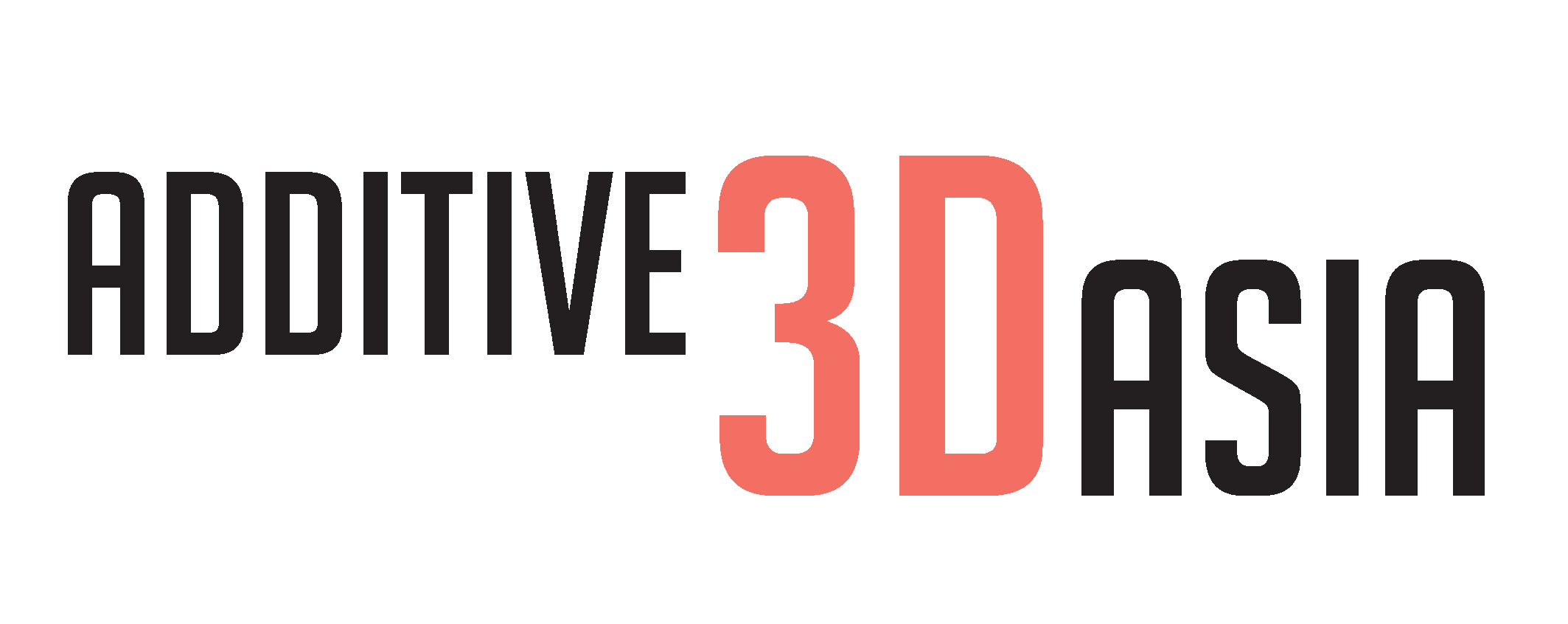How is 3D Printing Used in Consumer Products?
3D printing services have made their way into the consumer market with many products that are sold in stores today, even in Singapore. From children’s toys to kitchen appliances, 3D printing is increasingly utilised as a design tool by companies to create new objects within their field of expertise.
In this article, we discuss how 3D printing is being used to create consumer products with examples of the products that you can find in the market today.
3D printing benefits for consumer goods companies
There are numerous benefits of using 3D printing services to create consumer goods. Here are the top five:
- 3D printing is a cost-effective way to create prototypes.
- A wide variety of materials can be used, allowing companies to produce more unique products.
- There’s more room for innovation, creativity, and experimentation in the design process.
- 3D printers are environmentally friendly because they use less energy than traditional manufacturing processes.
- Currently, there is no limit on how large an object can be printed, meaning that anything from a new car to a single screw could potentially be produced with this technology.
What can 3D printing be used for?
3D printing is continuing to revolutionise the consumer goods industry. All that’s needed to produce an object is a digital design that you can create online with help from various software such as 3D modeling. In fact, you won’t need an expensive production facility in Singapore, or even your own 3D printer, as these are made available by numerous businesses through 3D printing services. The possibilities for 3D printing are almost limitless.
For instance, the company, Little You, provides a platform for children to create their own unique anime figures that can be 3D printed and delivered to their door. Headquartered in Toronto, Little You figures were previously only available in 3D colour sandstone, which needed to be handled carefully.
Now, Little You has entered into an agreement with Rize, a Massachusetts-based company that creates innovative Rizium 3D printing materials that are recyclable, environmentally friendly, moisture resistant and durable. Objects made using it are strong enough for children to play with.
Apart from small objects like toys for children, jewellery, and replacement parts for just about anything that’s broken, it’s even being used to build cars and houses in a cost-effective and sustainable way. Here are more examples:

Siena Garden’s partnership with Replique allows for on-demand 3D printing of critical furniture components
Siena Garden is a German outdoor furniture company that has gone into partnership with the digital platform, Republique, to make 3D printed spare parts on demand. This means their customers can avoid buying new furniture and prolong the life of what they already have. They have already produced spare parts for their furniture to keep in stock that customers can order from the Siena Garden online shop. The company believes customers should be able to repair their furniture as it saves money and is also an eco-friendly alternative to replacing it.

3D-printed houses by Netherlands-based Twente Additive Manufacturing (TAM) and World Housing
In Procter, British Columbia, Canada’s very first home printed in 3D, the Fibonacci House, was built in 2020. The walls are made of a concrete mix squirted from a nozzle. The house was finished in a month and you can now rent it on Airbnb.
TAM is in partnership with World Housing of Vancouver, a company that builds affordable housing worldwide. They are planning to develop Canada’s first 3D concrete printed village. The University of Windsor researchers and Habitat for Humanity are also using TAM’s technology to build affordable houses in Windsor-Essex.
Explore 3D printing in Singapore
Beyond the consumer market, 3D printing is also incorporated into other industries from 3D-printed eye implants to automobiles – with the largest car companies like Volkswagen, BMW and Ford taking the lead in its application. In a nutshell, there are many reasons that 3D printing is an attractive option for manufacturing consumer goods. This technology offers considerable flexibility and freedom when it comes to design, which can be a major advantage when creating unique or specialty items.
Additive3DAsia offers comprehensive 3D printing services in Singapore that cover everything from prototyping to low volume manufacturing. Here, we also use top-grade industrial materials to make your products. The price of 3D printing is also far less than it would be using traditional manufacturing methods, making it a viable option for small businesses and entrepreneurs.
Get your product scanned by our specialised Digital Part Analysis tool to check if it’s suitable for 3D printing in Singapore.

